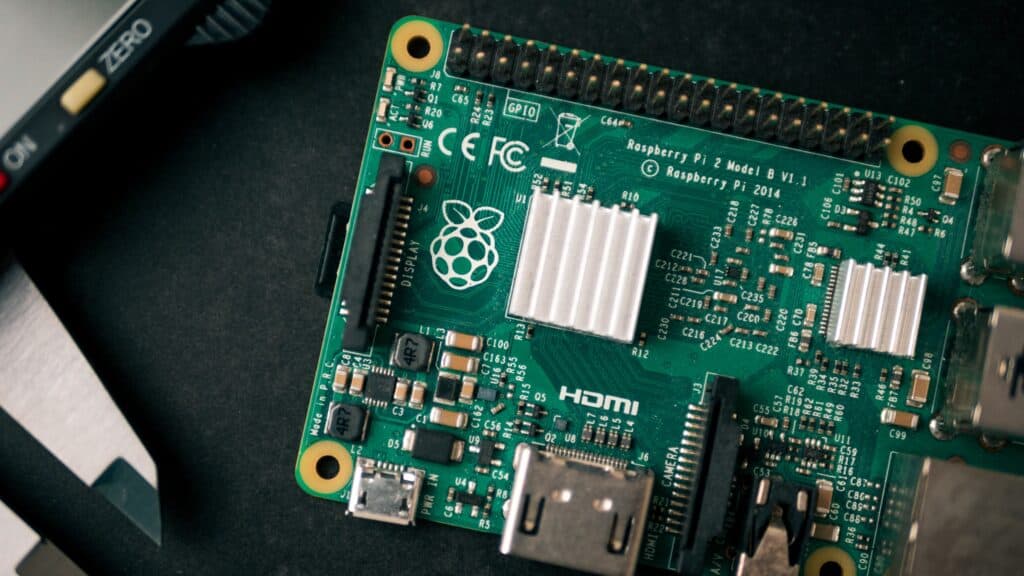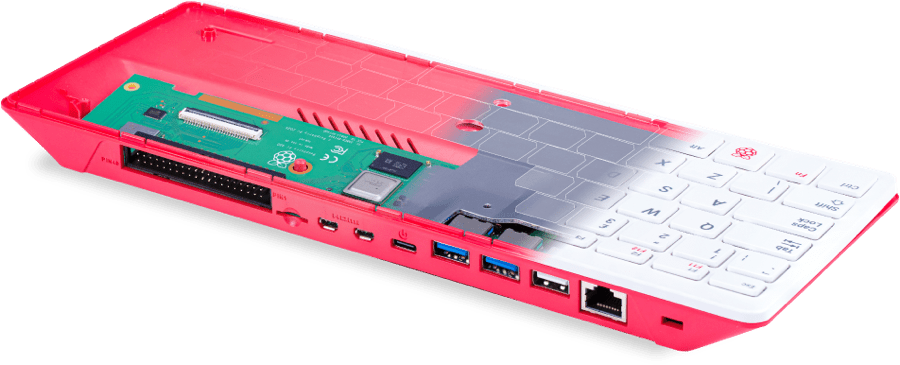The release of Home Assistant OS 5 signals a new era, as the Raspberry Pi 4 Model B with 8 GB RAM finally gains official support. Now, users can confidently power their smart homes without relying on workarounds or unstable releases.

The Raspberry Pi 4 Model B (8 GB) is made for Home Assistant
Since it's inception, the Raspberry Pi 4 Model B emerged as a force to be reckoned with, thanks to its enhanced networking capabilities, powerful SoC, and versatile RAM options. Outshining its predecessor's maximum of 1 GB, this tiny powerhouse offers up to a whopping 8 GB of RAM.
The ideal mini server for Home Assistant With its generous RAM and robust SoC, the Raspberry Pi 4 Model B (8 GB) became the perfect candidate for hosting Home Assistant and its various add-ons. Yet, the lack of official support in stable builds of Home Assistant OS left users yearning for a more reliable solution. With its newfound official support, the Raspberry Pi 4 Model B (8 GB) takes its rightful place as the top choice for users seeking to do more than simply run Home Assistant on their board.
The journey to official support for Raspberry Pi 4 Model B
Despite its release over six months ago, the Raspberry Pi 4 Model B (8 GB) had yet to gain official support, where's the lower memory options were capable of running Home Assistant OS almost immediately. The culprit? Home Assistant OS's bootloader, U-Boot. However, the first development release of Home Assistant OS 5 brought hope by updating U-Boot to version 2020.07 for the 64-bit Raspberry Pi 4 Model B build. Consequently, users could install the 64-bit version of Home Assistant OS on the Raspberry Pi 4 (8 GB), though it was not determined to be stable yet.
With the final and stable release of Home Assistant OS 5, U-Boot received another update, this time to version 2020.10. This, combined with the adoption of Linux Kernel 5.4 across all Raspberry Pi models (aligning with Raspberry Pi OS), finally allowed the Raspberry Pi 4 Model B (8 GB) to be deemed officially supported and stable.
Embracing the 64-bit era and expanding Raspberry Pi options
Following rigorous testing prior to Home Assistant OS 5, developers now confidently recommend the 64-bit releases for all Raspberry Pi 4 Model B options. It's worth noting, however, that only the 32-bit version currently supports GPIO. This release brings support for two additional Raspberry Pi models: the Compute Module 4, designed for use in consumer electronics products, and the Raspberry Pi 400, a keyboard-integrated mini desktop PC.
While the inclusion of more devices is a welcome development, it's likely that these two models will see limited use within the community. The Compute Module 4's complex setup (using a 200-pin DDR2 SO-DIMM interface) and the headless nature of Home Assistant OS make the additional keyboard in the Raspberry Pi 400 an unnecessary expense for most users.
Diversifying your options: ASUS and Hardkernel boards join the fray
Home Assistant OS Release 5 not only adds support for the Raspberry Pi 4 Model B (8 GB), but also introduces compatibility with other vendors' boards. You can now install Home Assistant OS on the ASUS Tinker Board and Tinker Board S. The former utilizes a microSD card for storage, while the latter boasts 16 GB of speedy eMMC storage. Both versions come with a four-core CPU, enhancing multithreaded performance.
The ODROID-C4 offers another alternative to the Raspberry Pi Model B, boasting superior storage options courtesy of an onboard eMMC connector. Like the ASUS Tinker Board, the SoC includes a small heat sink to maintain optimal performance and prevent throttling. Benchmarks show that the ODROID-C4 outperforms the Raspberry Pi 4, thanks in part to a more powerful CPU and DDR4 RAM.


